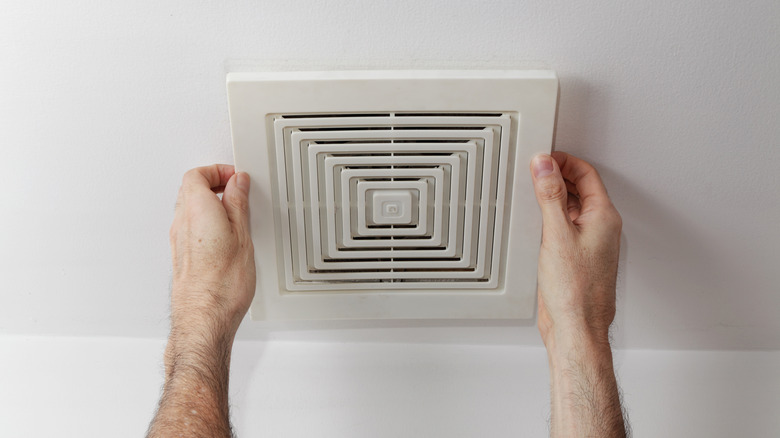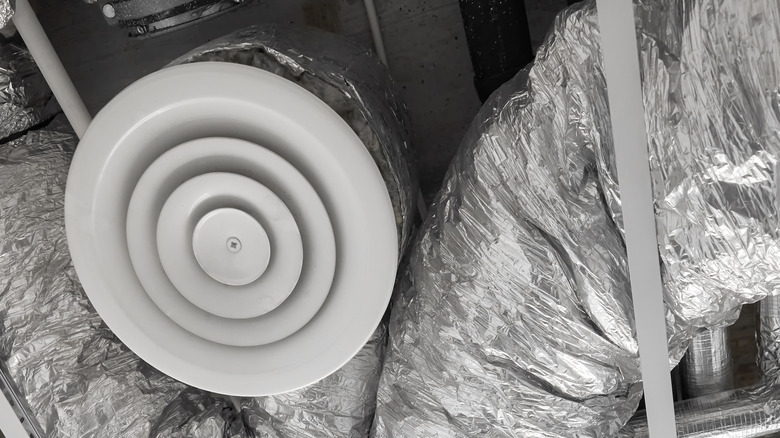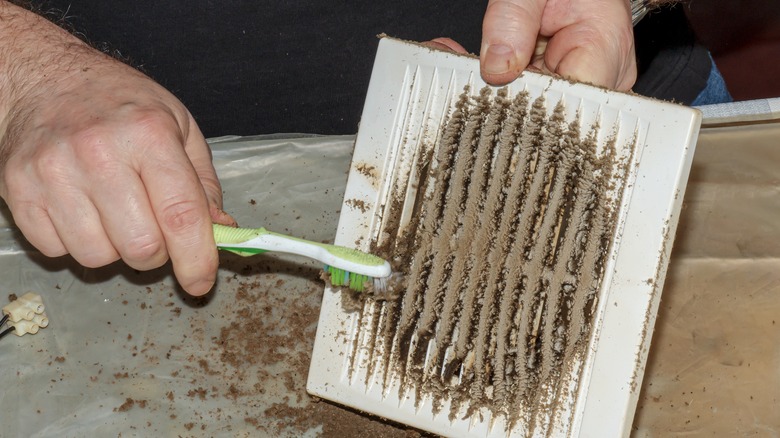How To Keep Water Stains And Mold From Appearing Around Your Bathroom Vent
There are quite a few benefits to installing a bathroom exhaust fan, including removing steam and moisture in the air after showering or bathing. Excessive moisture can damage drywall and other components of your home, and the fan helps to pull this dampness out of the room. However, if your bathroom vent is not installed or functioning properly, you may still end up with water stains on the ceiling or signs of mold near the fan. If you are starting to see signs of stains forming near the vent or you want to avoid this problem, you should clean the fan and ensure that the ductwork is properly functioning.
These preventative steps can involve climbing into the attic or onto your roof, so you may not feel comfortable doing them yourself. If so, calling a local handyperson may be a good idea. You can call a roofing company to check the roof vent and the stability of any flashing around it, replacing anything that is not performing as it should. An electrician also may be necessary to ensure the wiring of the exhaust fan in the bathroom is operating properly. You can also order a regular inspection of your ventilation system and ductwork. Some companies specialize in cleaning ductwork, which allows all of your systems to operate at peak efficiency.
Preventative measures
Inadequate insulation is one of the most common reasons that water stains and mold form around a ventilation fan in the bathroom. Without insulation around the fan and vent pipe, the warm, moist air that the fan is pulling out of the bathroom may bump up against the cold air surrounding the duct and in the attic space. This causes the moisture to condense on the metal in the vent pipe, eventually collecting on the drywall in the ceiling near the fan — and potentially causing staining and mold formation.
One preventative option is installing ductwork for the vent fan that has pre-wrapped insulation around it. This is the easiest option when installing a new exhaust system in a bathroom. For an existing installation, though, you would have to climb into the attic space to wrap the vent pipe with insulation. Before purchasing insulation to wrap around it, inspect the space for the current installation. It may already have insulation — if this is the case, the water staining around the fan is from another source. If you need to add insulation to the pipe, the easiest option is to uninstall the vent, pulling it out of place so you can wrap it before reinstalling it. You could also wrap it in insulation while leaving it in place, but this is challenging work to do in a tight attic space. A handyperson should be able to do the work for you if needed.
Check the performance of the fan itself
If the bathroom vent fan is not working or only working intermittently, you might see water damage or mold formation around it. This is why it's important to periodically test the performance of the exhaust to ensure it is working properly. Ideally, you don't want to wait to test the fan until you begin to see mold or water damage.
Check the performance of the fan by holding a sheet of toilet paper near it and turning it on. The paper should move toward the exhaust, and the pressure of the moving air should hold it in place against the plastic section covering the fan. If the paper doesn't move, the system isn't working at all. If the paper is pulled toward the exhaust but doesn't stay in place, the system is not working as efficiently as it should — it could be pulling moisture out of the room but not through the vent pipe and out of the home.
To fix a fan that isn't working at all, check the circuit breaker in your home's electrical panel. It's also possible the motor on the unit is burned out, requiring replacement. If the fan seems to be working intermittently, the entire motor housing or the vent grill may need cleaning, as dust and debris may be interfering with the machine's ability to perform. Additionally, check the vent pipe for any blockages by removing the housing and shining a flashlight into the pipe.


